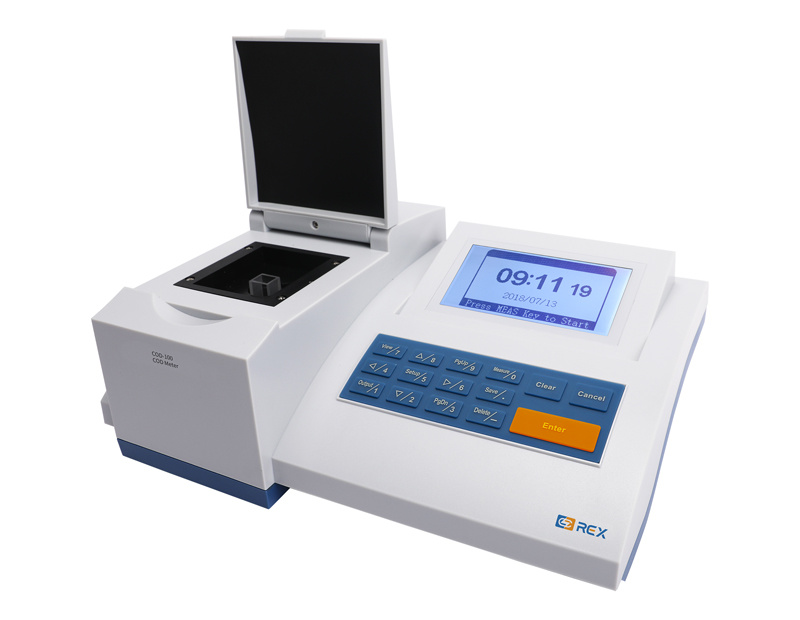How to choose a suitable COD Analyzer
Release Time
2025-04-02 10:00
In the field of water quality monitoring, it is crucial to choose a suitable COD Analyzer.
First, consider the measurement range. Different water bodies may have very different chemical oxygen demand contents. If it is used to monitor clean surface water, the measurement range does not need to be too wide, but for industrial wastewater or seriously polluted water bodies, the COD Analyzer needs to be able to measure higher concentrations of COD to ensure that the values in various situations can be accurately detected.

Second, measurement accuracy is the core element. A high-precision COD Analyzer can provide reliable data for water quality assessment. You can check the technical parameters of the instrument to understand its error range. Generally speaking, the smaller the error, the better. Some advanced instruments can maintain high accuracy when measuring low and high concentrations of COD.
Furthermore, the analysis speed should not be ignored. In large-scale water quality monitoring projects or scenarios where results need to be obtained quickly, a fast-analyzing COD Analyzer has more advantages. For example, in the real-time monitoring process of a sewage treatment plant, quickly obtaining COD values helps to adjust the treatment process in a timely manner.
In addition, ease of operation is also critical. The instrument's operating interface should be simple and easy to use. It is best to be able to operate without complex training, including the steps of adding samples, starting the measurement process and reading the results.
Maintenance cost is also a factor to consider when choosing. This includes the cost of reagent consumption, regular calibration of the instrument, and the manpower and material resources required for maintenance. Some COD Analyzers that use environmentally friendly reagents and have a long maintenance cycle can save a lot of costs in long-term use.

PRECISION PERFECT
Contact Us
-
Tel:0086-021-39506429/39506392
Mail:info@lei-ci.com
-
Fax: 0086-021-39506398


 Contact
Contact E-mail
E-mail
